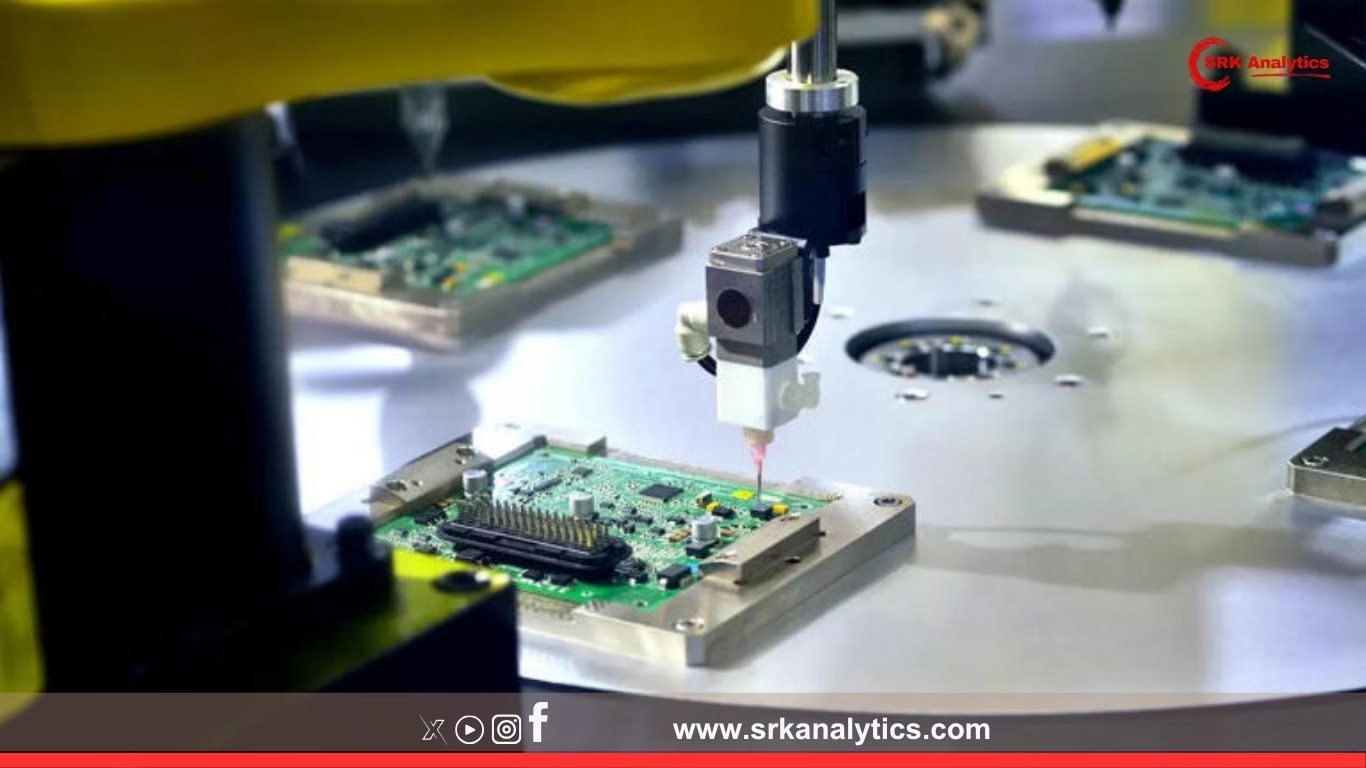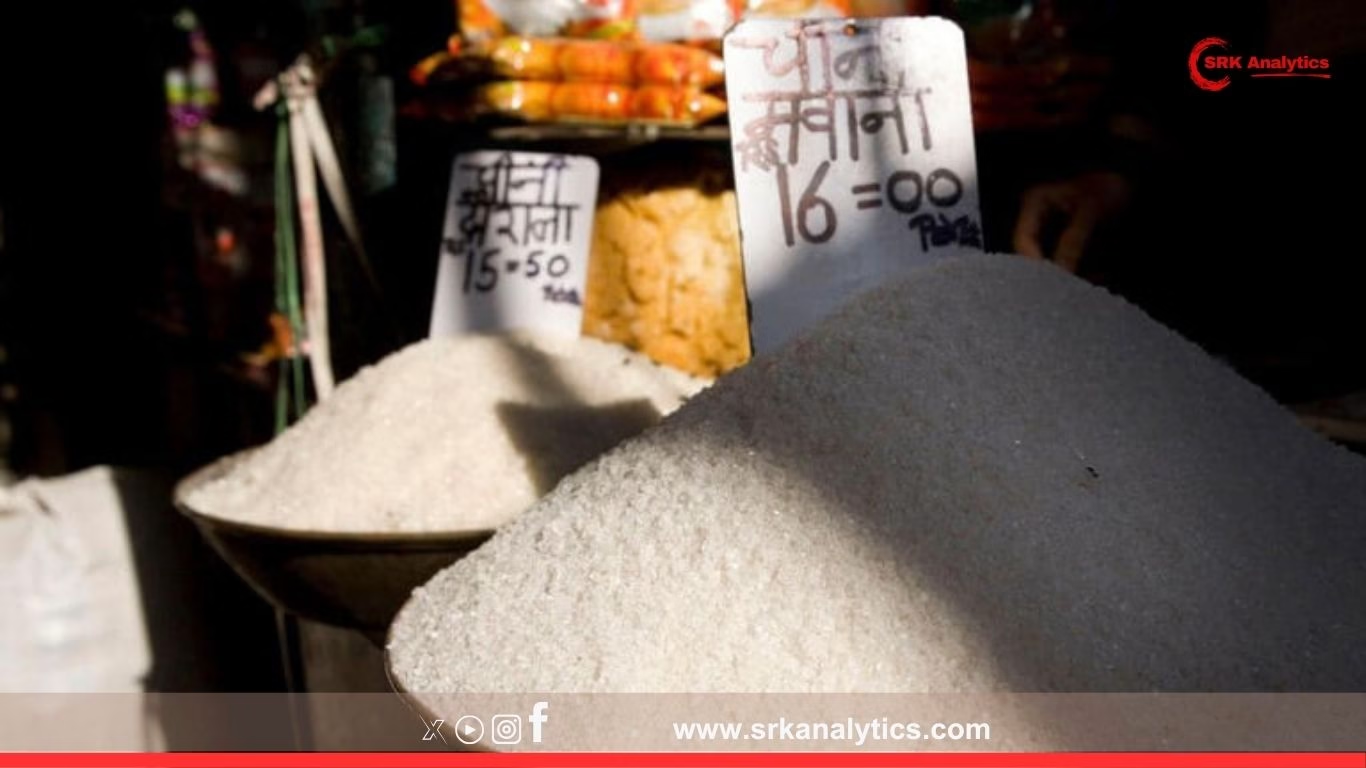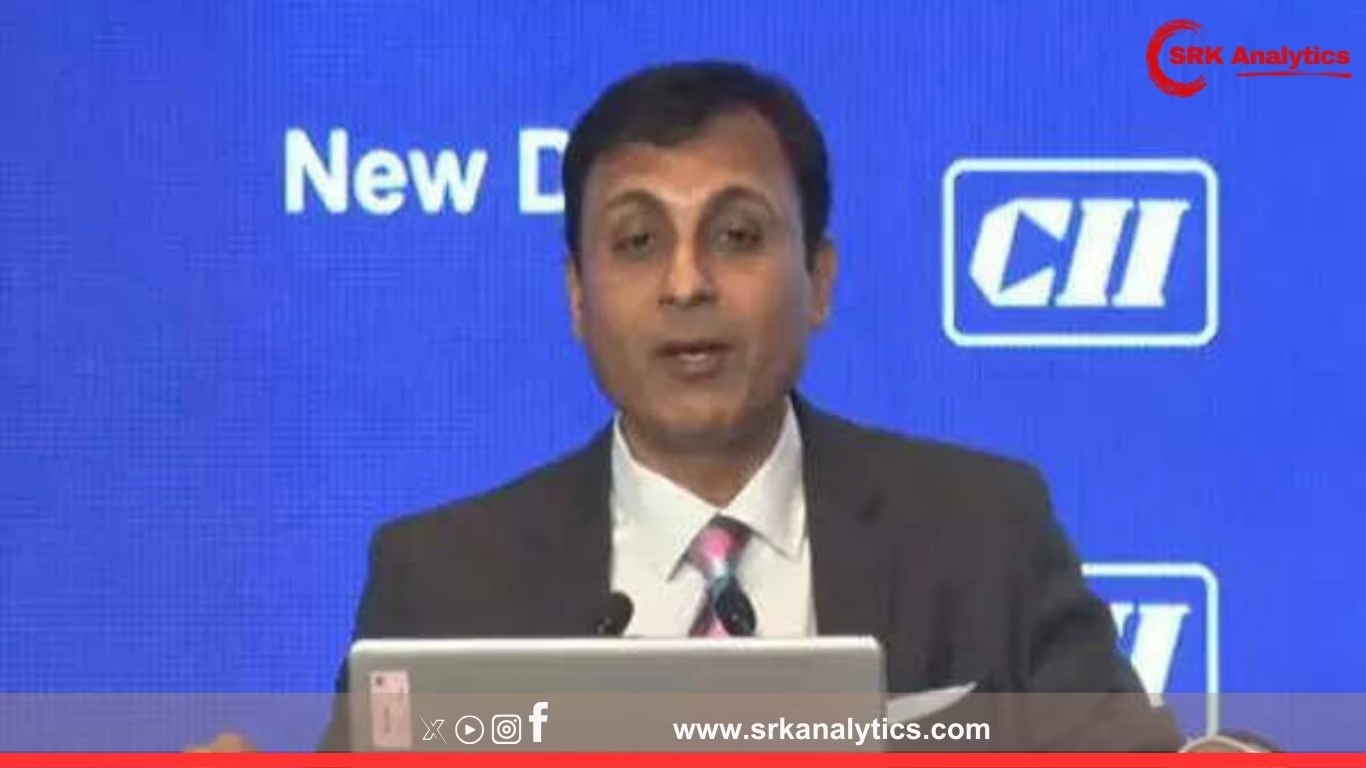India’s auto component industry is staring at an imminent crisis as magnet imports, critical for electric vehicles (EVs) and advanced automotive electronics, face severe supply disruptions. According to Vinnie Mehta, Director General of the Automotive Component Manufacturers Association of India (ACMA), the industry currently has no visibility on magnet import consignments and could exhaust existing stocks within the next two months.
Why magnets are critical for Indian automotive industry
Magnets, particularly rare earth magnets such as neodymium-iron-boron (NdFeB), are crucial components in:
- Electric motors for EVs and hybrids
- ABS and sensor systems
- Advanced driver assistance systems (ADAS)
- Fuel pumps and turbochargers
Without these high-grade magnets, production lines for EV motors, drive units, and multiple electronic systems risk operational shutdowns, affecting overall vehicle output.
Current magnet import scenario
India imports nearly 100% of its rare earth magnets requirement, with China accounting for over 85% of supplies. Ongoing export restrictions from China, coupled with geopolitical and shipping disruptions in the Red Sea and global container shortages, have significantly delayed inbound shipments since Q1 FY25.
| Country | Share of India’s magnet imports (%) |
|---|---|
| China | 85 |
| Japan | 7 |
| South Korea | 3 |
| Germany | 2 |
| Others | 3 |
(Source: ACMA trade data compilation)
ACMA President’s statement
ACMA President Shradha Suri Marwah raised alarm during an industry policy dialogue, stating:
“Magnet import visibility is near zero right now. If new consignments don’t arrive in the next 60 days, we may face stock out situations leading to partial or complete production halts in key EV and electronic component lines.”
She urged immediate government intervention to facilitate expedited clearances, alternative sourcing strategies, and long-term domestic production plans to avoid repeating the current crisis.
Factors behind current magnet supply disruption
- Chinese export restrictions: In December 2023, China imposed export controls on rare earth magnets citing national security and resource conservation, resulting in a sharp decline in availability for foreign buyers.
- Logistics disruptions: Houthi attacks in the Red Sea and rerouting of container ships around Cape of Good Hope increased freight costs and lead times by over 20 days.
- Limited alternate suppliers: Japan and South Korea have limited surplus capacities for export due to their domestic EV sector demand.
- Spike in global demand: Rapid EV penetration in Europe, US, and China has raised magnet demand by over 25% year-on-year, outstripping supply.
Impact on Indian automotive sector
If the crisis continues beyond two months:
- EV assembly lines may face forced shutdowns, derailing production targets for FY25.
- Tier-1 and Tier-2 component suppliers could halt supplies to OEMs due to lack of essential magnet parts.
- Exports of auto components to global OEMs could suffer contractual penalties due to delivery delays.
- Cost escalation is expected as magnet prices have risen 40% in the last 12 months.
Industry’s proposed solutions
ACMA and SIAM (Society of Indian Automobile Manufacturers) have jointly submitted the following recommendations to the Ministry of Heavy Industries and Ministry of Commerce:
- Strategic stockpiling: Build a national buffer stock for critical minerals and magnets similar to crude oil reserves.
- Diversify imports: Fast-track trade negotiations with Australia, Vietnam, and African countries with rare earth mining capacities.
- Domestic manufacturing: Incentivise rare earth magnet production under the PLI scheme for Advanced Chemistry Cell (ACC) and critical minerals.
- R&D investments: Promote indigenous recycling of magnets from e-waste and end-of-life motors to recover neodymium and other rare earths.
Global market outlook for rare earth magnets
| Year | Global demand (tonnes) | Global supply (tonnes) | Average price ($/kg) |
|---|---|---|---|
| 2022 | 1,55,000 | 1,47,000 | 80 |
| 2023 | 1,90,000 | 1,65,000 | 95 |
| 2024E | 2,25,000 | 1,80,000 | 110 |
| 2025E | 2,70,000 | 2,05,000 | 125 |
(Source: International Rare Earth Association estimates)
Supply deficits are projected to widen unless new mining and magnet manufacturing capacities come online, further fuelling prices and availability concerns.
Government response so far
The Ministry of Mines is preparing a critical minerals strategy to boost rare earth exploration under the Geological Survey of India (GSI). However, industry experts believe it could take 5-7 years before domestic rare earth mining and processing becomes commercially viable.
The Ministry of Commerce is also exploring relaxation of import tariffs and seeking supply assurance from alternative trade partners through bilateral dialogues.
Conclusion
India’s auto component industry stands at a critical juncture due to the magnet import crisis. The looming stock out in two months could potentially derail EV manufacturing momentum, hinder Make in India targets, and impact export competitiveness. Proactive government policy, strategic stockpiling, and accelerated domestic production initiatives are imperative to safeguard the automotive sector’s growth trajectory.
Disclaimer
This news content is for informational purposes only and does not constitute trade, investment, or policy advice. Readers are advised to consult sector specialists before making business decisions based on import and market data.











